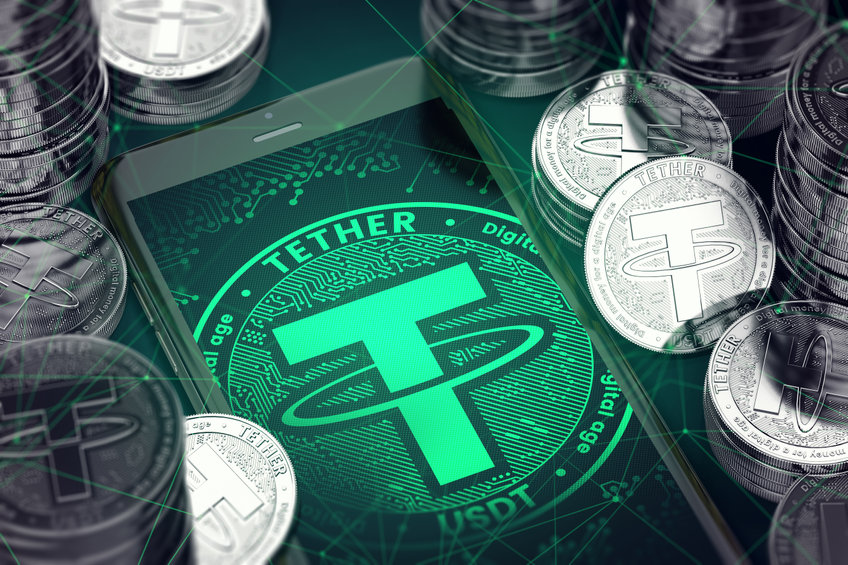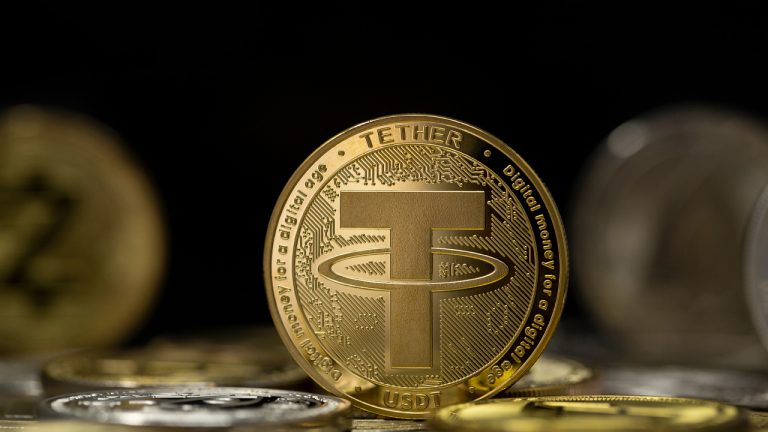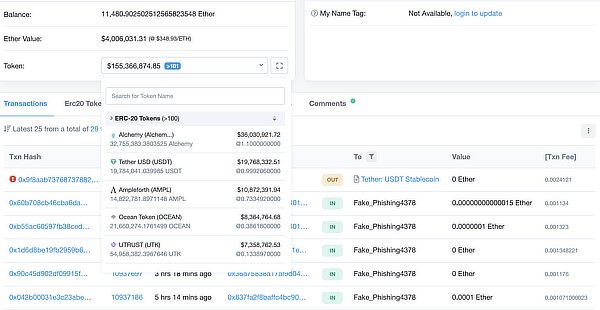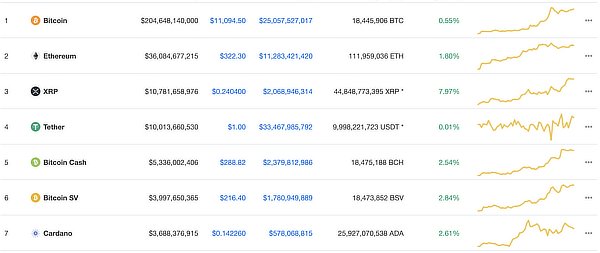2022-10-7 16:52 |
I love Bitcoin. Having said that, its volatility is extreme and prevents it being anything remotely close to a store of value – for now, at least.
I spoke with the CTO of Tether, Paolo Ardoino, on the latest episode of the Invezz podcast. In a world where multiple countries’ currencies are spiralling dangerously out of control, it is perhaps more topical than ever to assess the merits of holding dollars.
And dollars on the blockchain – what we now call stablecoins – could be the most accessible format. A quick look at the below table, which shows the most recent inflation readings of nearly every country, shows quite how dire the situation is for a lot of nations around the world.
This is something I noticed when I travelled to El Salvador to see the Bitcoin experiment up close this summer. Many merchants chose to set up their wallets so that the Bitcoin they received from transactions was automatically converted to USD.
In such a way, the transactions were completed in Bitcoin yet the merchant did not have to speculate on its volatility, instead holding stablecoins. Paolo and I discuss this, and the growing influence that Tether and stablecoins could have in the world.
We also compared Lugano, the city of Switzerland where Tether is de facto legal tender (as well as Bitcoin) to El Salvador – two countries that could not be more different economically, both of whom are engaging in their own crypto experiments.
Dollar continues to dominateAs I type this, close to 100 countries are living with inflation in the double digits. While the US dollar is also inflating at a rapid pace, it is absolutely crushing other currencies – something I analysed earlier this week. The below chart says it all.
We have seen this time and time again in previous periods of uncertainty. As far as fiat currencies go, the dollar rules them all. Paolo and I also talked about this dominance.
Crypto contagion crisisMany outsiders look into what has happened this year in crypto and write it all off as a fad. Paolo talks about the difference between centralised stablecoins like Tether and the house of card alternatives – such as Terra, which Paolo was very critical of even before the death spiral in May.
One poignant point Paolo made was the redemptions of Tether as the contagion was flowing across markets. Over $7 billion was redeemed out of Tether in a 48 hours space, close to 10% of the supply. The redemptions were smooth and transpired exactly how they were always meant to. Paolo made the point that a lot of banks would not even be able to redeem that amount of reserves so quickly.
Are Tether, Bitcoin and the “reputable” crypto projects now stronger for coming through this stress test unscathed?
Regulation and centralisationWe also touch on regulation, a subject unavoidable when chatting about stablecoins. The continued growth of the crypto ecosystem at large means it is an industry that regulators are now paying more and more attention to.
I also put a question to Paolo about Vitalik’s recent comments, when the Ethereum founder said that Tether and other big stablecoins have such great influence that they could even decide the direction of future forks of Ethereum.
That is just a flavour really. As you can imagine given only Bitcoin and Ethereum are bigger than Tether, there is a million and one things to chat about.
As always, feel free to reach out with comments.
Continue the conversation on Twitter with @InvezzPortal, @DanniiAshmore and @Tether_to Or visit https://tether.to/ for more information.
Invezz.com
Invezz YouTube
Invezz Podcast
Invezz Podcast: Spotify
Invezz Podcast: Apple
Invezz Podcast: Google
Invezz Twitter
Invezz Facebook
Invezz LinkedIn
The post VIDEO: Tether CTO Paolo Ardoino, “dollar stablecoins can help the developing world” appeared first on Invezz.
origin »Tether (USDT) на Currencies.ru
|
|



















